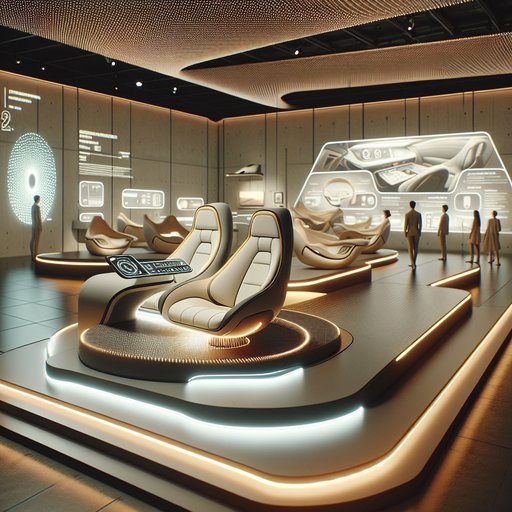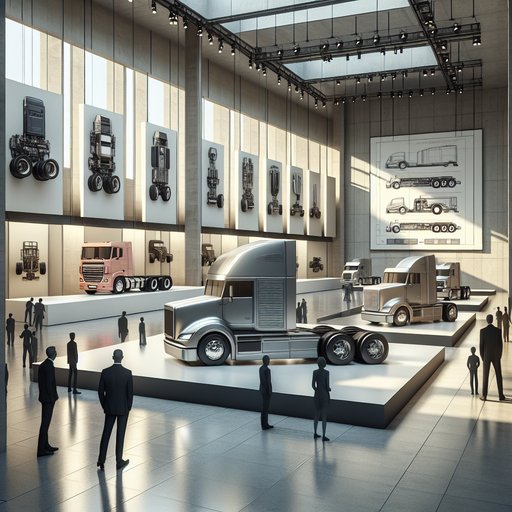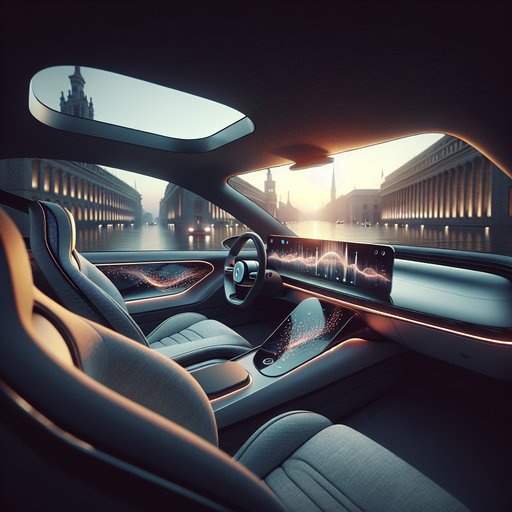
Biometric monitoring, climate personalization, and adaptive seating—once the vocabulary of auto suppliers—are now being shaped in galleries and design schools, where artists and curators probe how these systems feel, look, and behave. This month, museum programs and festival installations are inviting audiences to test responsive cabins, giving collectors and automakers a shared preview of near-future interiors. The work reframes dashboards as instruments and seats as living sculptures, with curators foregrounding consent, comfort, and cultural context alongside engineering. As commissions and open calls accelerate into the fall season, the art world is becoming a crucial mediator between technical possibility and humane experience inside vehicles.

Electric mobility has advanced by riding successive battery chemistries: lead-acid powered the first EVs, nickel–metal hydride (NiMH) enabled hybrids, lithium-ion unlocked modern battery-electric vehicles, and lithium–sulfur (Li–S) is being piloted for ultra-light applications. Each step traded cost, safety, and longevity against energy density. Today’s EV packs achieve roughly 150–200 Wh/kg, an order-of-magnitude gain over early lead-acid systems. In the last few months, Li–S efforts have moved from lab to pilot lines with aerospace-focused trials, while lithium-ion costs and fast charging continue to improve. The trajectory shows how materials science, manufacturing, and safety engineering co-evolve to meet automotive-grade demands.

Across Europe and the U.S., museums and industry forums have been reframing heavy cargo trucks as industrial design icons rather than mere workhorses. In recent months, permanent galleries and traveling programs have spotlighted cab architecture, aerodynamics, and human‑machine interfaces alongside heritage rigs that defined freight eras. The shift coincides with new regulations and powertrains reshaping how trucks look and feel on the road, giving curators and designers timely material to discuss form, function, and cultural impact.

As carmakers race to tame noise, the conversation has shifted from horsepower to sound design, drawing in artists, curators, and museum audiences alongside engineers. Acoustic glass, active noise cancellation, and carefully crafted EV “voices” are turning cabins into listening rooms and cities into quieter galleries. Collaborations with composers and sound artists now sit alongside supplier breakthroughs from Saint-Gobain, AGC, and Pilkington, while institutions from the V&A to the Petersen spotlight how silence and tone shape mobility. The immediate impact is tangible: calmer commutes, clearer dialogue, and more respectful streetscapes. The longer arc is cultural, as brands curate sonic identities that collectors can choose and critics can review.